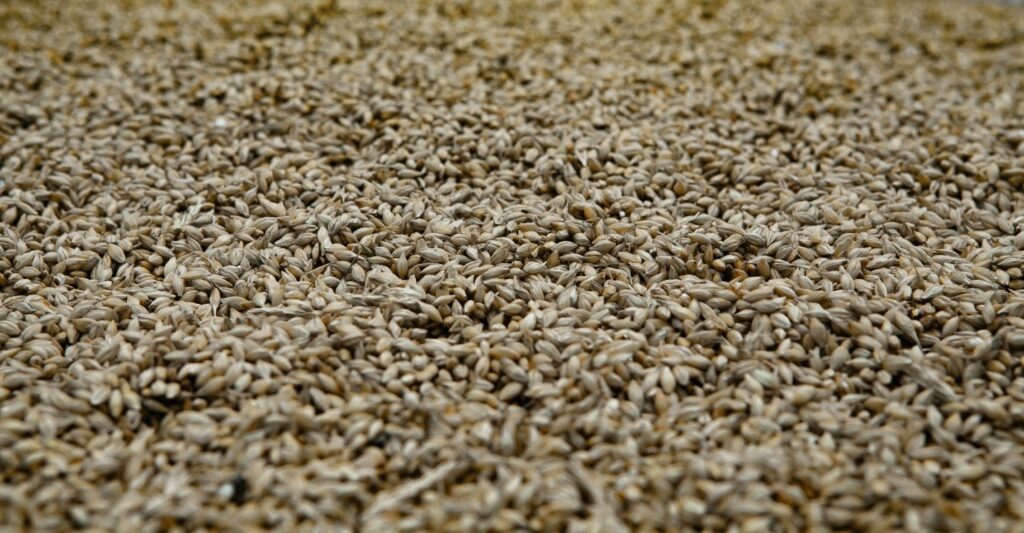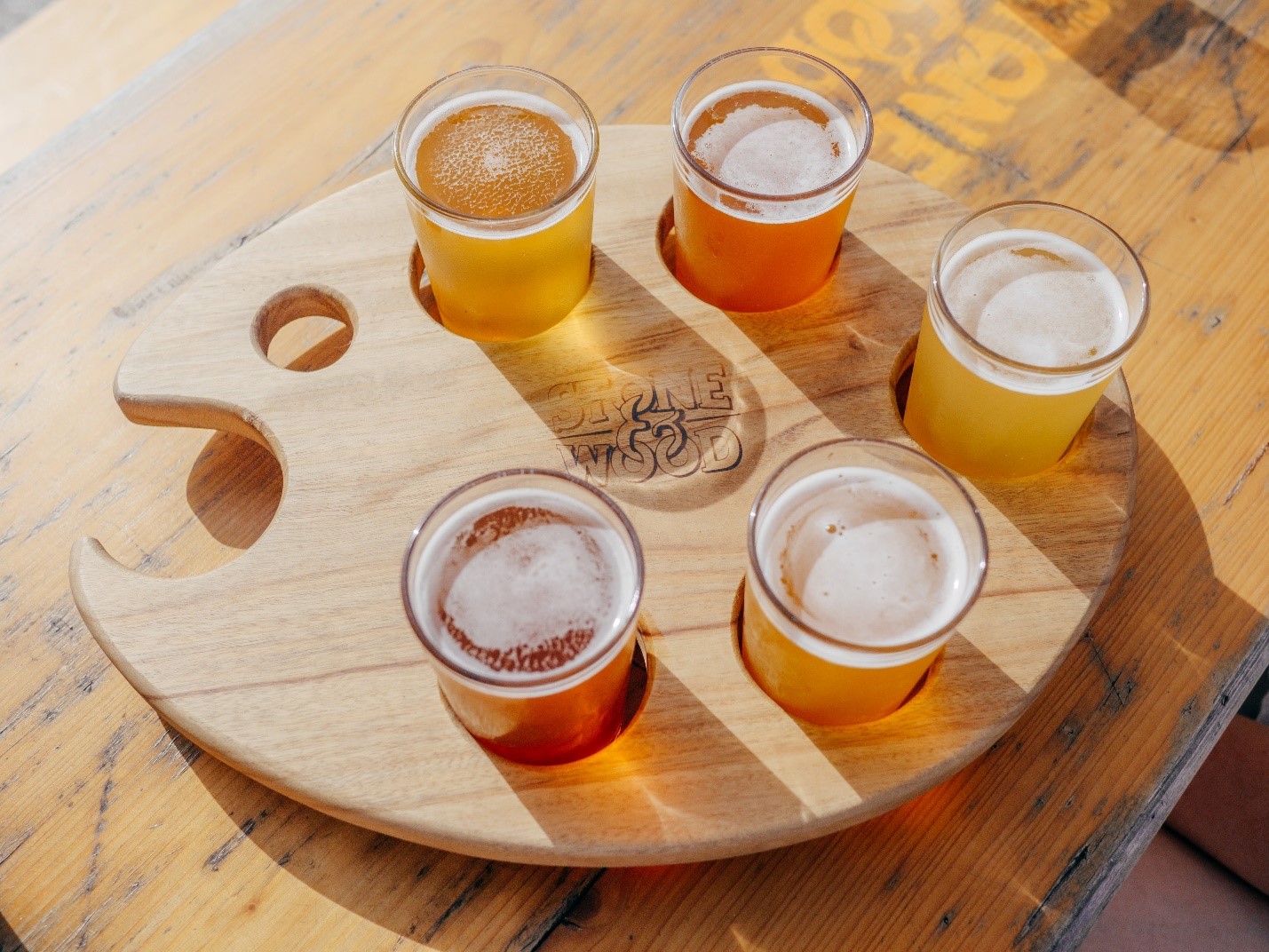With the COVID-19 virus spreading across nations, governments have implemented safety policies to restrict human-to-human transmission. Mandatory home quarantines and economic lockdowns have plucked us from our social lives. Staying at home is a no-brainer.
Despite the economic consequences, it allowed for leisure time. It became an excellent opportunity to explore interests and hobbies, which hectic lifestyles hindered.
If you are a beer lover and still looking for the perfect hobby, then beer brewing at home may be for you. With many stores closed, brewing your beer can indulge your cravings of that familiar bittersweet sting on your tongue.
What is Beer Brewing?
Simply put, beer brewing is the process of controlling the interactions between water, starch, yeast, and hops to produce beer. It may look easy, but brewing requires several steps and prior knowledge. The production process occurs by steeping a starch source in water and fermenting the sweet liquid with yeast
What Do You Need?
Before the actual production, you must have the rudimentary materials for a beginner home brewer. You will need a stainless brew pot and a fermenter that is usually a plastic bucket with a tight sealing lid. A stir spoon that matches the size of your brew pot is also required.
You will also need an airlock, stop, siphon, siphon tubing, shutoff clamp, and thermometer to aid proper fermentation. Finally, you will need bottles and bottle caps to secure your crafted beers.
Making several trips and inquiries to ensure you purchase the perfect elements and materials can be overwhelming and exhausting for a fun hobby. You may opt for a beer making kit that already includes the essentials for a hassle-free experience.
How to Brew Your Beer?

It’s time to make your beer!
- Prepare the materials and ingredients
Look over your list of ingredients and equipment required. If you opted to purchase a brewing kit, then check whether the kit is complete based on the list included. Once you start the brewing process, there is no turning back.
- Clean and sanitize
The success rate of your end beer relies on the sanitation of your equipment. What your beer touches after the boiling process will detrimentally affect the product.
- Steep the grains
Steep the grains in hot water for 20 minutes. Allow the water from the grain bag to trickle into the kettle while you drain the grains. Squeeze your grain bag gently to avoid extracting tannins, which could impart undesirable tastes to your brew.
- Boil the kettle
Remove the kettle from the heat once it reached a rolling boil and combine the malt extracts. Once the water dissolves the malts, return to a boil. Sprinkle hops in at varying intervals. When adding hops, be careful not to let the pot boil over. Refer to your recipe or the kit for the specifications of the hop addition.
- Cool and aerate the wort
Congratulations! You now have the wort, the sugary water produced after the boiling process. Cool your wort by putting your pot over a sink filled with ice water or using a wort chiller. Pour the cooled wort into the fermenter. Splash the wort in its bottle to aerate it. Yeast needs oxygen, which can be provided by splashing your wort.
- Add the yeast and ferment
Whether you are using liquid or dry yeast, both will yield similar results. If the kit provides you ingredients to create your liquid yeast, follow the instructions. Otherwise, pour the contents of a dry yeast packet. Place the container in a quiet, cold place. Seal it with a fermentation airlock. To ensure proper fermentation process, ales should be held at 68 degrees.
- Bottle the beer
Bottle your beer after fermentation, which usually takes two weeks. Clean all the materials beforehand. Then, in 16 oz. of water, get the priming sugar to a boil. When it has cooled, pour it into the bottling bucket.
After the primer, pour the beer from the fermenter into the bottling bucket. You should ensure that sediments stay in the fermenter as much as possible. Fill the bottles by connecting the bottle filler to the hose. The hose should attach to the spigot on the bottling bucket.
Cap the bottles. Store the containers at room temperature for roughly two weeks. This time allows the beer to carbonate properly.
Also Read: “The Perfect Diet Plans For Men After 50“
Some Tips in Beer Brewing
- Get a big kettle
The general rule in starting any hobby is to avoid splurging. However, you should invest in buying a large kettle. A more generous size avoids instances of boiling over.
- Wort chillers are worth your money
One of the most effective ways to minimize the chances of infection is to cool the wort as quickly as possible, lowering the temperature below the harmful range that bacteria enjoy. Instead of submerging the pot into an ice water bath, wort chillers are faster and safer.
That’s it! The only thing left to do is to sit back, chill, and grab a beer. Enjoy the fruits of your hard work!




